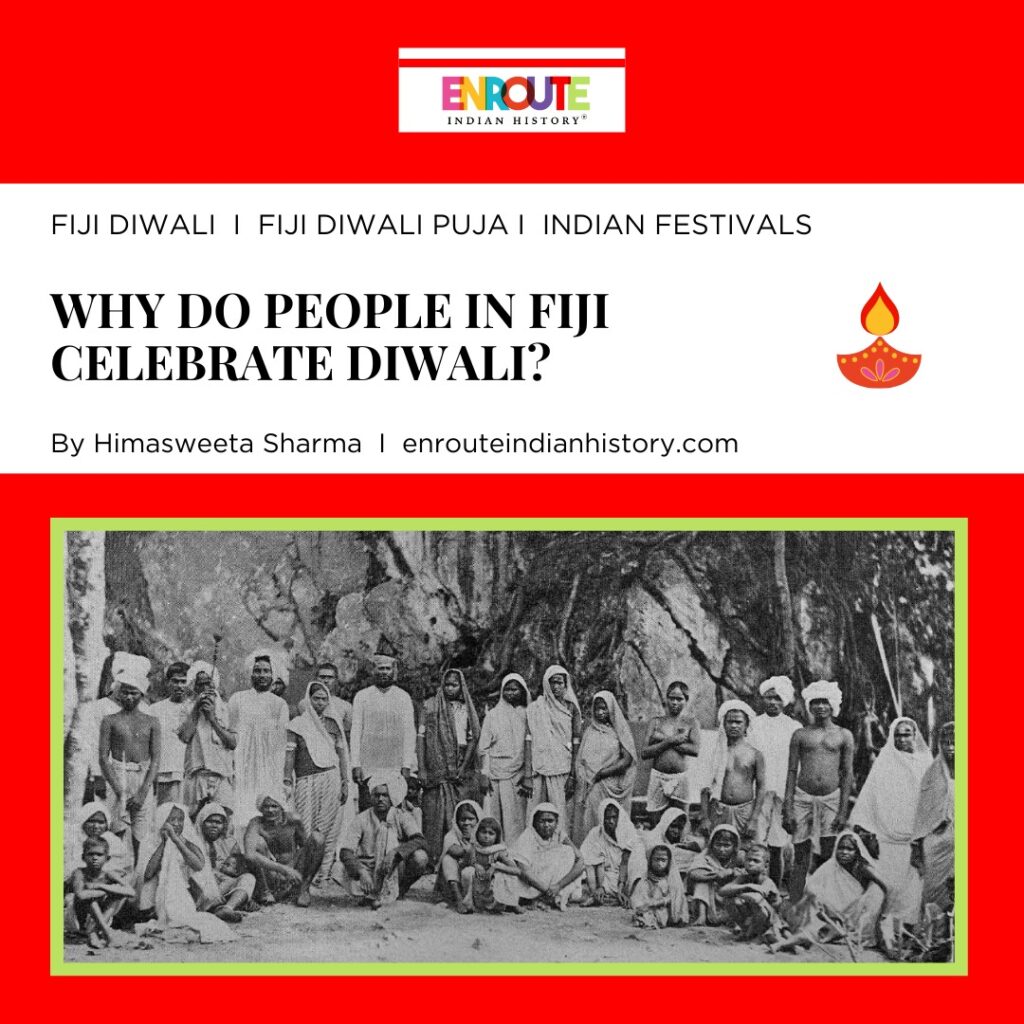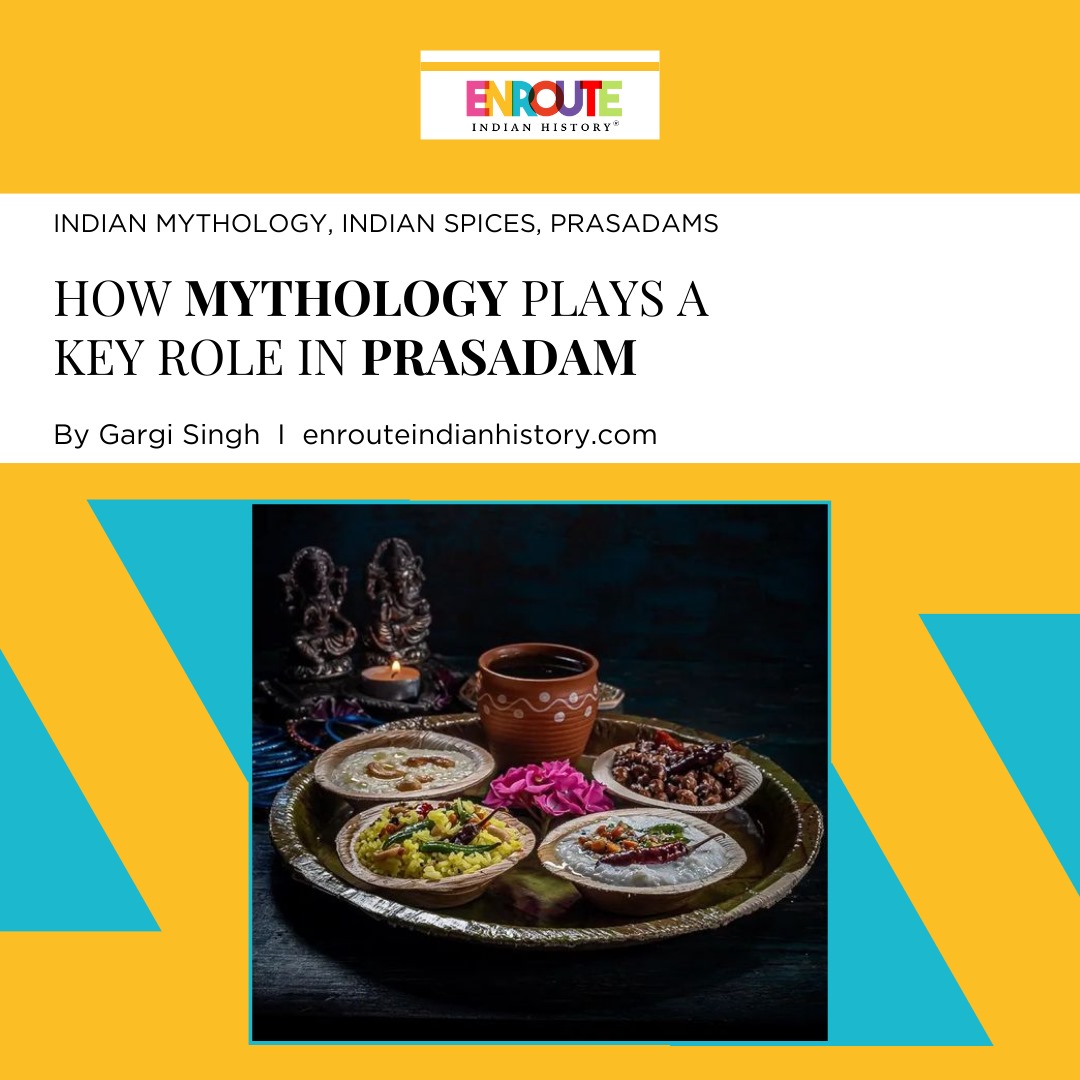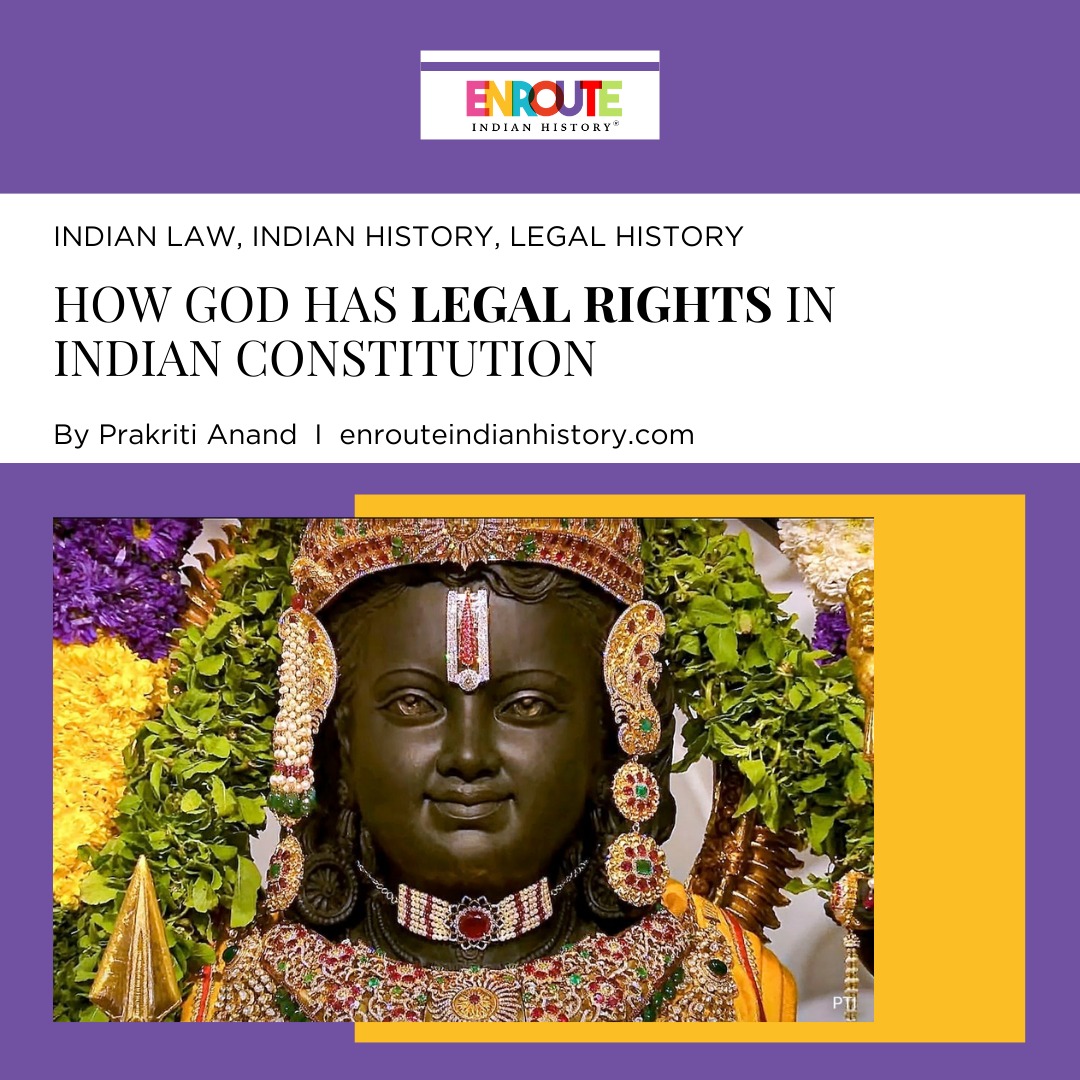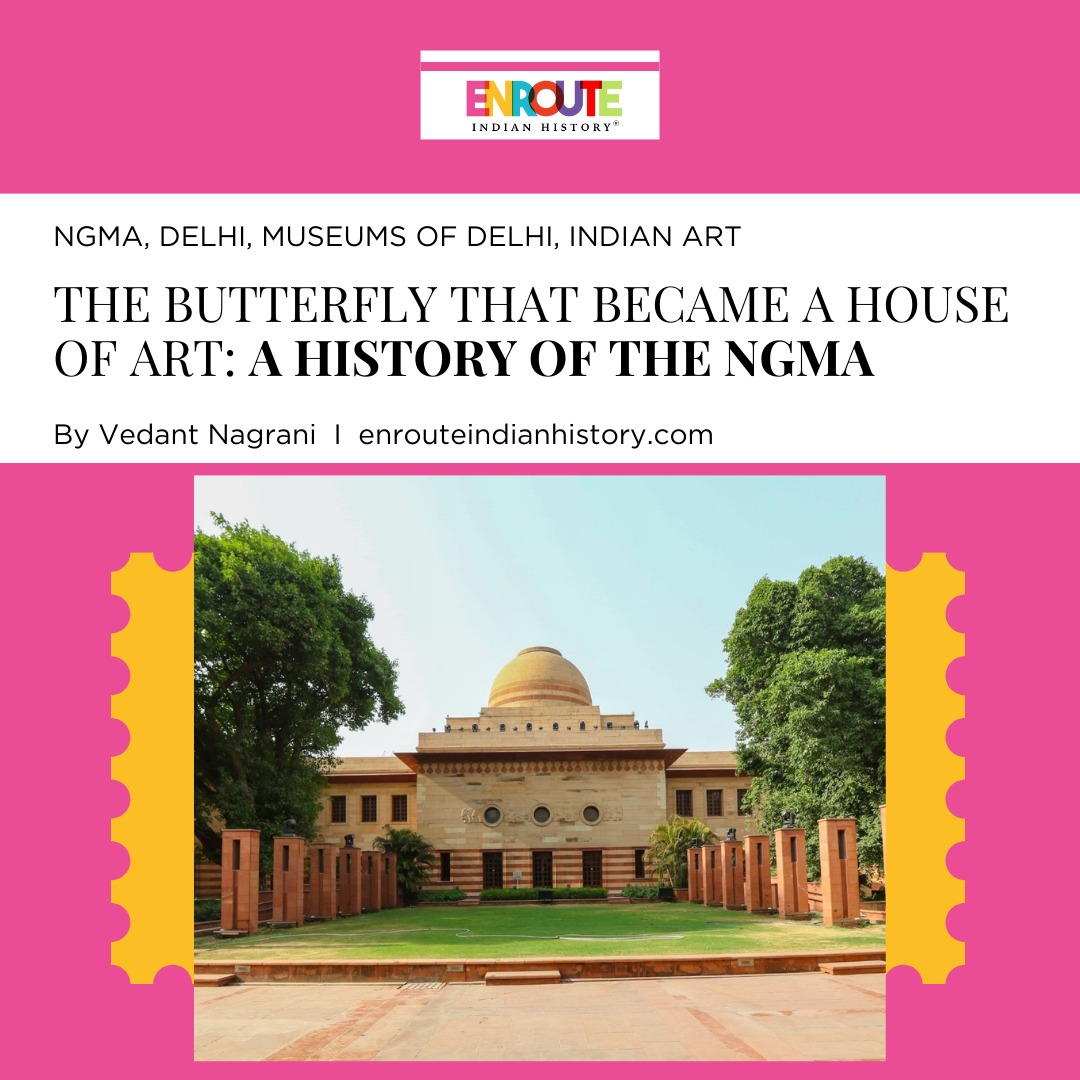Why Indians in Fiji Switched from Celebrating Holi to Diwali?
- enrouteI
- November 9, 2023

What defines, makes, and gives people their identity is the culture that seeps into their daily lives through the mediums of art, language, and festivals. Weaving the strands of happiness and togetherness are the various festivals celebrated across the year, which bring loved ones under the same roof for shared celebrations across the globe. In India, too, every month seems to bring the promise of a new festival. What makes Indian festivals all the more lovely, though, is the dedication with which Indians living far from home continue to celebrate their heritage.

A painting from 1760 depicts women from royal households in India celebrating Diwali. (Credits: The Cleveland Museum of Art)
Most Indians living in Fiji, South Pacific, who can trace their ancestry back to the generations that were brought as indentured laborers, still uphold the traditions that their forefathers started. But as times have changed, these traditions have also changed. The substitution of Holi with Diwali as the principal festival of the Indo-Fijians is among the most remarkable transformations.
HISTORY OF INDO-FIJIANS

More than 400 indentured labourers were sent to Fiji from India to work on the sugar plantations in 1879. (Credits: The Wire)
Being lured by hopes of a “better life” and an “opportunity to own fertile lands”, almost 60,500 indentured laborers from India were transported to the islands of Fiji from 1879 – 1919 to work on sugar plantations. This occurred during a time when the majority of Indians who engaged in farming suffered greatly from droughts and the oppressive British tax system. The laborers were bound by a five-year bond, following which they could choose to return to India at their own expense. Many stayed back because they could not afford to return home, while many others were afraid of the repercussions of Samudrolanghana. Since crossing the Kala Pani meant losing one’s caste, some of these laborers decided to make the islands their permanent home rather than risk the consequences of returning to their villages. Over time, this group of laborers formed the community of girmitiyas, a name deriving from the word “girmit,” which is a corrupted form of the English word “agreement.” Within a short period of time, this relatively small community of approximately 50,000 girmityas established its very own social life. While some systems and beliefs, such as the caste system, were no longer at play as they were in India because of the dissolution of distinctions, many others saw other customs and beliefs, such as karma and bhakti, emerging from the ashes in a foreign land.
THE SHIFT FROM CELEBRATING HOLI TO DIWALI
The practice of bhakti quickly materialized in the form of the celebration of various Indian religious festivals in the islands, the most significant of which were Holi and Muslim Moharram. Given that the vast majority of girmitiyas identified themselves as Hindus, the festival of Holi quickly became the most important celebration for Indo-Fijians. The relaxation of social roles during the festival, which included women charging men with colors and men going from settlement to settlement singing devotional songs of Krishna, is what can be credited with the popularity of the festival. Such freedom was unheard of at any other Indian festival in Fiji. However, by the 1950s, restrictions were placed on this freedom within the community, and the social life that centered on the girmitiyas became more structured. It was no longer permitted for men and women to tour around the settlements splashing colours; instead, men were required to follow pathways determined by the British authorities around the settlements. The houses of Muslim families and Hindus who had been boycotted were avoided, and as a result, the spontaneity that had previously existed among the masses during Holi was lost. By the 1960s, Holi was no longer celebrated in any form in most settlement areas. It was only observed in some rural areas, and the only celebrations that took place were men singing devotional songs.

The religious side of Diwali is of the highest importance to the Fiji Hindus. [Credits: Amazel Designs]
After the 1970s, the Festival of Lights, also known as Diwali, established itself as a significant event in the Indo-Fijians’ annual calendar. The increasing popularity of Diwali can be attributed to a combination of factors, including the restrictions that were placed on Holi, which have caused its popularity to decline, as well as the social need for the girmitiyas to have a festival that brings everyone together. The festival of Diwali had a more humble beginning in the homes of the girmityas, where it was only celebrated within the confines of the household. This was in contrast to the more ostentatious nature of the Holi celebration. Diwali quickly rose to prominence as the most significant celebration for Indo-Fijians, a position it still maintains to this day.During the 1980s, it became a common sight to see homes owned by Indians living in Fiji’s urban and rural communities illuminated with traditional clay dish lamps and diyas during Diwali. Since the evening of Diwali was associated with good fortune, the religious observances and practices that were already practiced by the community’s Hindus took on a greater level of significance. The rituals of welcoming the goddess Lakshmi were very much like the rituals that are practiced in India, with only a few minute differences here and there. A pandit broadcast over national radio was aired to ensure that the Fiji poojas were performed correctly.

In 2019, a three-dollar Fijian stamp honouring Diwali was issued in Fiji. (Credits: Stamp Digest)
The change in the Girmitayar community’s dynamics from Holi to Diwali can be attributed to their gradual adoption of an urban lifestyle with the meager savings they had amassed from years of labor. For these laborers, celebrations and rituals connected to wealth and prosperity grew in significance as they assimilated into Fiji’s urban areas. Another factor that may have contributed to this change was the influence that Hindu missionaries in Fiji claimed to have. During the 1920s, Hindu Indo-Fijians called for missionaries from Sanatan Dharma, India, to help spread Hinduism throughout the islands. A devotional adaptation of the original Ramayana, known as the Ramacharita Manas of Tulisdas, was the main focus of these missionaries’ efforts. This must have had an impact on the Indian community’s shift from Holi to celebrating Diwali more widely, considering the festival’s religious and historical significance. The transition from the world-negating form of devotionalism that is practiced during Holi as a component of the worship of Krishna to the form of devotionalism that is oriented towards duty and perfection portrayed by Ram can also be inferred from the aforementioned shift in ritual worship among the Hindu Indo-Fijians.

Indian sweets are made in the Fijian style for the festival of Diwali. (Credits: Pinterest)
In contemporary times, Diwali is the most significant festival for people of Indo-Fijian descent. In addition to the Lakshmi pooja that is performed on an annual basis by the Hindus in the community, many families in Fiji have also begun to observe the other festivals that come before and after Diwali. These festivals include Dhanteras and Bhai Dooj. Because Diwali is now recognized as a national holiday in Fiji, not only Indian families but also indigenous Fijians take part in the festivities. The Fijian government released a stamp in 2019 to honor the Indian festival of Diwali. The sweets that are served during Diwali take their cue from Indian desserts, but they also incorporate a flavor profile that is characteristic of Fiji. Ladki Mithai is one of the many types of Diwali mithai that are prepared in the Fijian style. What differentiates the Fijian recipe from the Indian recipe is the garnishing, which calls for a variety of colorful sprinklers to be placed on top of the dish before serving.
DIWALI BEYOND INDIA
Diwali, which traditionally was celebrated only in India, is progressing towards becoming a global festival as its light-filled celebration spreads to other parts of the world. Diwali is celebrated with great zeal and enthusiasm across many nations in Asia, including Indonesia, Sri Lanka, and Singapore, to name just a few of those. It is known as ‘Tihar’ in Nepal, where members of the Nepali community worship animals in addition to lighting lamps in their homes. The cities of Leicester and Birmingham in the United Kingdom are heavily illuminated due to the large Indian communities that have settled there. While the bright lights of Diwali shine on homes all over the world, they also serve as a beacon of unity, bringing people from all walks of life together so that they can share in each other’s moments of joy and happiness.
REFERENCES
- Kelly, J.D., 1988. From Holi to Diwali in Fiji: An Essay on Ritual and History. Man 23, 40. https://doi.org/10.2307/2803032
- D’Souza, E. J. (2000). INDIAN INDENTURED LABOUR IN FIJI. Proceedings of the Indian History Congress, 61, 1071–1080. http://www.jstor.org/stable/44144422
- Malhotra, A. (n.d.). A teenager traces her Indian great-great grandmother’s life as an indentured labourer in Fiji. [online] Scroll.in. Available at: https://scroll.in/magazine/886645/a-teenager-traces-her-indian-great-great-grandmothers-life-as-an-indentured-labourer-in-fiji.
- Times of India Travel. (n.d.). 10 countries that celebrate Diwali like India. [online] Available at: https://timesofindia.indiatimes.com/travel/destinations/10-countries-that-celebrate-diwali-like-india/photostory/87301696.cms.
- April 4, 2024
- 7 Min Read
- January 31, 2024
- 7 Min Read

























